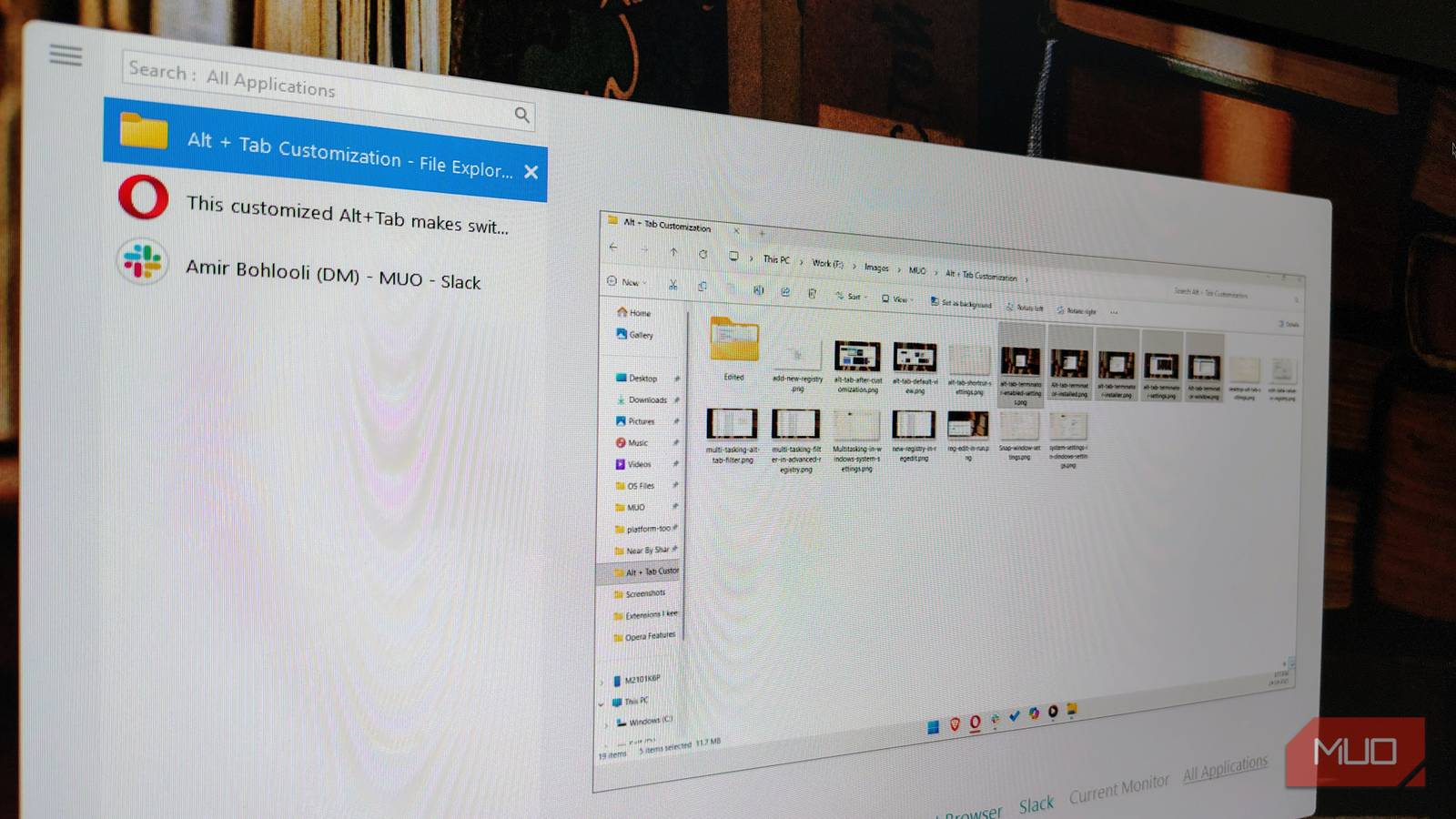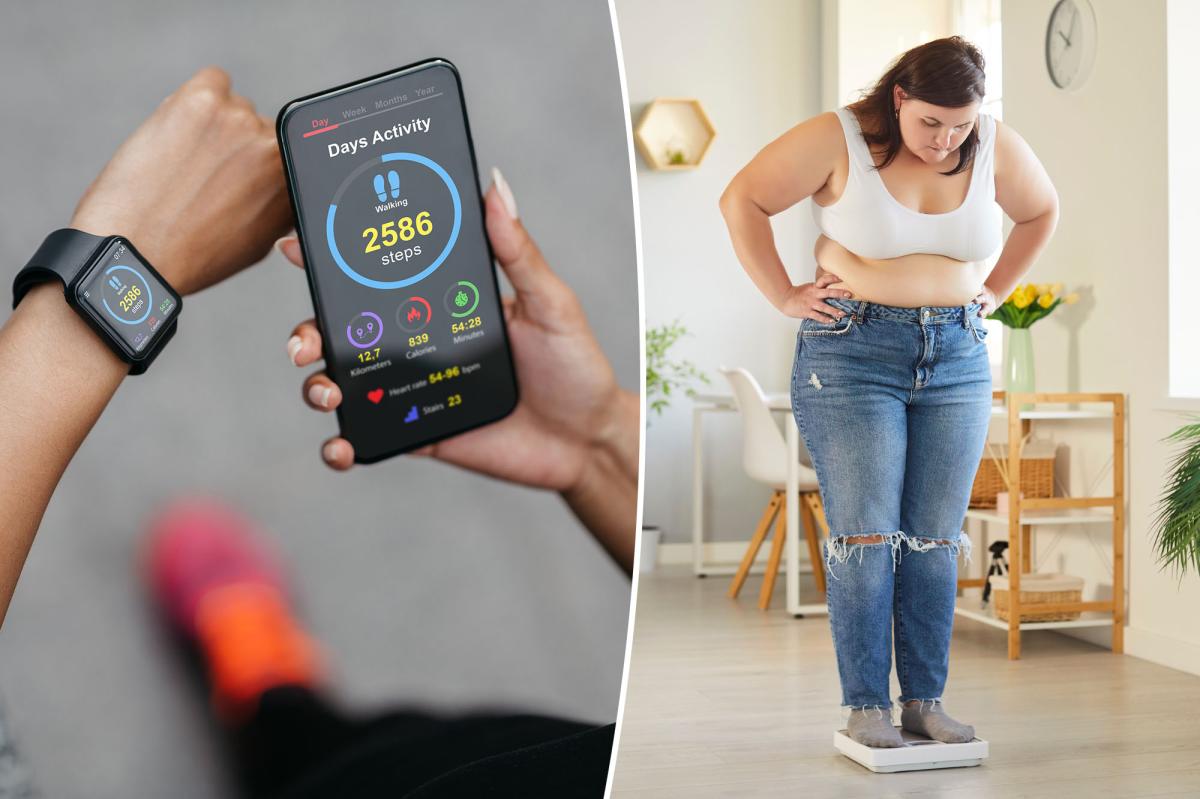28 July 2025

Tesla continued to lead the way as Australia’s battery-electric vehicle (BEV) market returned to growth for the first time this year. Meanwhile, BYD dictated plug-in hybrid (PHEV) registrations. Autovista24 web editor James Roberts unpicks the data.
BEV deliveries reached 9,784 units in Australia in May. This amounted to an 8.6% year-on-year increase, according to the latest data from EV Volumes. This was not only the strongest month for BEV registrations so far this year, but the first month of growth.
The total BEV market totalled 33,123 units between January and May, down from 41,044 across the same period in 2024. This equates to a 19.3% fall.
The PHEV market enjoyed a fifth consecutive month of growth in May with a 70.5% uptick to 2,744 units. In the year-to-date, PHEV sales were notable with 15,023 joining Australia’s roads. Contrasted with the same period in 2024, this was a 115.8% upswing from 6,959 vehicles registered.
Combined BEV and PHEV sales in Australia reached 12,528 in May, the second-highest total of 2025 and the second-highest on record. In the year to date, 48,146 electric vehicles (EVs) took to the country’s roads.
Tesla BEV dominance in Australia
The Tesla Model Y continued its significant lead in the Australian BEV standings in May, with a 36.6% market share. The BEV recorded a 122.5% year-on-year gain in deliveries.
A bumper month, the best for the Model Y since March 2024, ensured the US car reached 3,580 registrations. This made up over half its annual total between January and May.
The Model Y’s May success followed a notable slump. In April, the BEV recorded just 280 sales, its lowest since first recording sales in Australia in August 2022.
Despite this, in May, the Model Y ended up ahead of its nearest challenger, the Kia EV5, which recorded 703 sales. In third place, the Galaxy E5 continued a strong introduction to the Australian BEV market. In its third month on sale, the Galaxy E5 reached 511 units to cap a year-to-date total of 1,023.
BYD’s BEV train
Chinese brand BYD is shaking up the automotive market globally, which is beginning to show in the Australian market. Leading a quartet of models, the BYD Sealion 7 reached 488 registrations, bringing its total to 1,961 units since launch in February.
Following the Sealion 7, the BYD Seal claimed fifth in May’s BEV standings with 355 deliveries. However, this is down from the 1,002 sales recorded one year ago.
The BYD Dolphin emerged just 10 units adrift in sixth, with 345 registrations. This model’s fortunes have continued to improve over the year. A 97.1% year-on-year registration increase meant a 3.5% share of May’s market. The BYD Atto 3 bookmarked the Chinese brand’s presence in May’s top 10, accounting for 322 registrations, ranking seventh.
In eighth, the MG4, one of the market’s most consistent BEV-sales performers, saw its lowest total of 2025 so far. The model reached 319 sales in May, down 43.5% year on year.
The Tesla Model 3 continued its tailspin. Despite recording four-digit sales in March, the model managed just 317 in May, finishing ninth. This equated to an 83.8% drop from 1,958 units 12 months previously. The Kia EV3 completed the top 10 with 310 sales in its third month on Australia’s roads.
Tesla’s BEV lead cut
While Tesla made up the majority of BEV sales in May, cracks began to appear. In the year to date, deliveries of the Tesla Model Y were down 27.4% year on year to 6,974 units.
The Tesla Model 3 followed in second, painting an even more dramatic picture of decline. Between January and May 2024, it accounted for 8,823 registrations in Australia. Fast forward 12 months, and that figure is just 2,583. This equated to a 70.7% drop in sales.
Tesla has been undergoing well-documented struggles. First, there is Tesla’s CEO, Elon Musk, whose political activities have had a tangible impact on sales. Meanwhile, the rise of affordable Chinese EVs have disrupted the market, and with it, Tesla’s dominance. Despite this, after five months, combined Tesla BEV sales reached a formidable 9,557 units in Australia.
In third, the Kia EV5 closed in on the Tesla Model 3. The Korean model was just 371 units behind the US BEV, claiming third place. This performance was boosted by record sales in May. With May marking the EV5’s seventh month of sale in Australia, the model accounted for 2,212 sales in the first five months of the year.
The challenge from Chinese OEMs is clear in the Australian BEV market. Behind Kia followed the MG4 in fourth, with 2,017 sales. However, this did mark an 18.5% year-on-year drop in sales.
BYD cemented the Chinese presence in the top 10. The Sealion 7 underlined a strong performance with 1,961 registrations in the year to date. Ranking fifth, it headed for its more established stablemate, the BYD Atto 3, in sixth. This model hit 1,278 registrations in the five-month period.
BYD’s growing presence in Australia can be partly attributed to its aggressive pricing strategy. The BYD Seal, launched in Australia in 2023, notably undercutting the Tesla Model 3.
The Galaxy E5 split a trio of BYD models, ending up seventh after five months of the year, with 1,023 sales. The BYD Seal came in eighth with 982 registrations. The MG EZS ended up ninth with 959 units, and the Kia EV3 rounded out the top 10. It reached 832 deliveries between January and May 2025.
BYD’s shark attack
A pair of BYD models headed the PHEV standings in May, underscoring the brand’s increased hold on the Australian market.
After just four months on sale in Australia, the BYD Shark swam to a new sales record with 1,302 registrations in May. This equated to a 47.4% market share.
Following the BYD Shark was the BYD Seal. However, with a monthly total of 413, the country’s second most popular PHEV trailed the leader by 889 units. Despite this, the BYD Seal 6 proved a success story in Australia with a 15.1% market share in May.
Since its sales records began in June 2024, the model has accounted for 8,969 units. This figure was buoyed by a boost between August and December 2024, where the new model scored 5,160 sales.
Way behind in third place came a consistent performer, the Mazda CX-60, with 144 units and a 5.2% share of the PHEV market. Just four units behind in fourth emerged the Mitsubishi Outlander with 140 registrations, which was down 74.5% year on year. After the Japanese model, the MG eHS claimed fifth.
Sixth to 10th places could only manage double-digit sales in May. Mazda’s second appearance in the top 10 came courtesy of the CX-80 in sixth, with 55 units. It was followed by another Mitsubishi in seventh in the shape of the Eclipse Cross.
The Lexus NX ended May in eighth place with 35 sales, a 250% improvement on the 10 achieved in May 2024. The Volvo XC60 claimed ninth with 35 registrations, a 56.3% drop year on year. The Porsche Cayenne completed the top 10, shifting 33 units.
Bumper year for BYD on the cards
After the first five months of 2025, BYD was the clear leader in the PHEV standings. Market newcomer, the BYD Shark herd almost half the PHEV share, with 7,431 registrations between January and May.
Fellow BYD model, and a monthly star, the BYD Seal 6 followed with an impressive 2,771 sales and 18.4% of the market. Combined, the BYD Shark and Seal were responsible for 10,202 PHEV units sold in the first five months of 2025. Therefore, the pair held a combined 67.9% share of the Australian PHEV market.
Previous PHEV leader, the Mitsubishi Outlander, was eclipsed between January and May. With 759, the established model trailed the BYD Seal 6 by 2,012 units,
The MG eHS registered 697 sales in the period, shadowed by the Mazda CX-60, claiming 644 units. Some way behind, with 286 registrations, came the Mitsubishi Eclipse Cross, sandwiched by another Mazda, the CX-80, holding 244 sales.
Ranking eighth between January and May was the Volvo XC60. The Swedish PHEV accounted for 150 registrations, tied with the Porsche Cayenne. Meanwhile, the Lexus NX completed the top 10 with 148 registrations in the first five months of the year.



